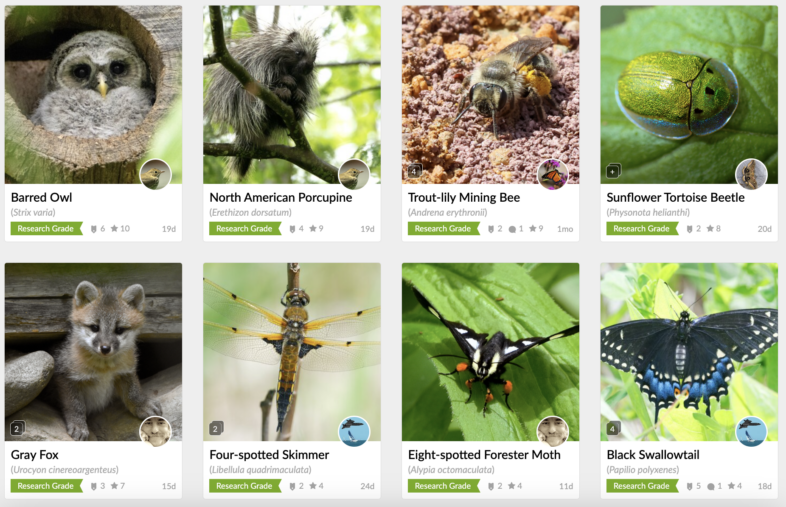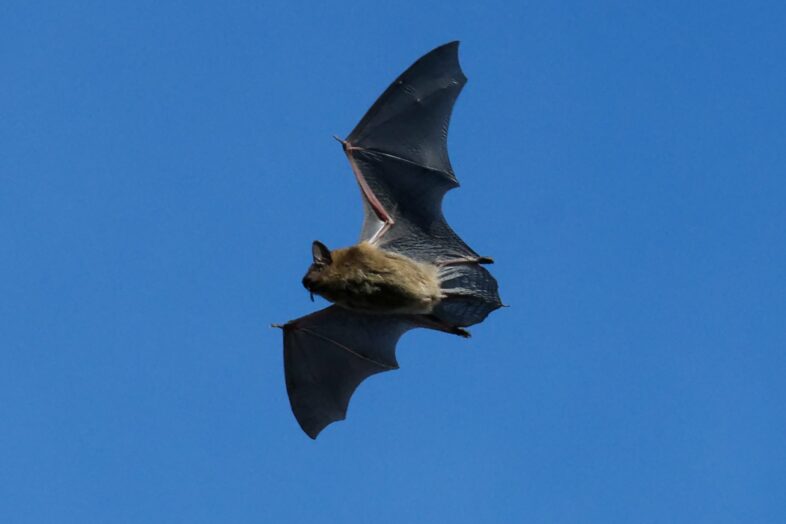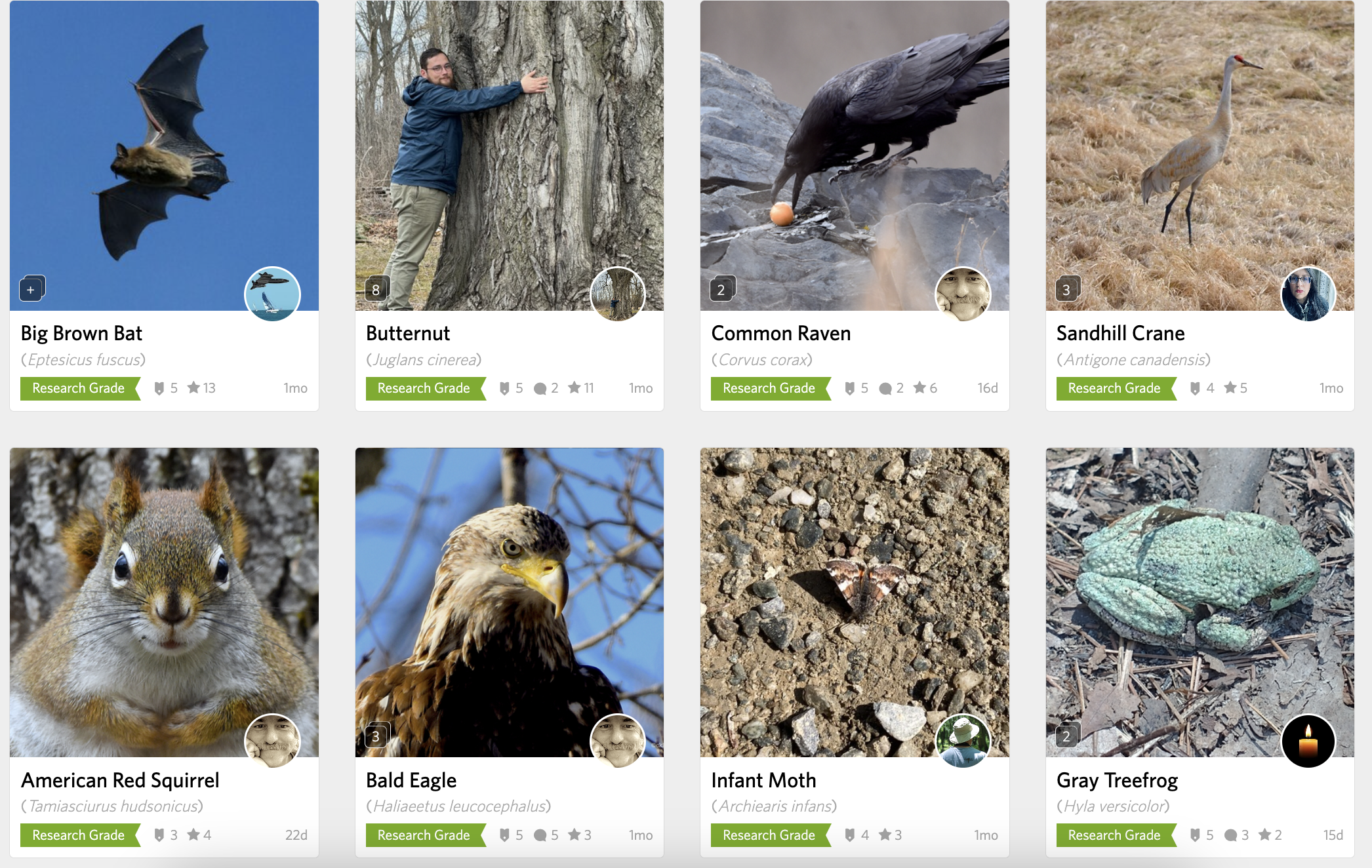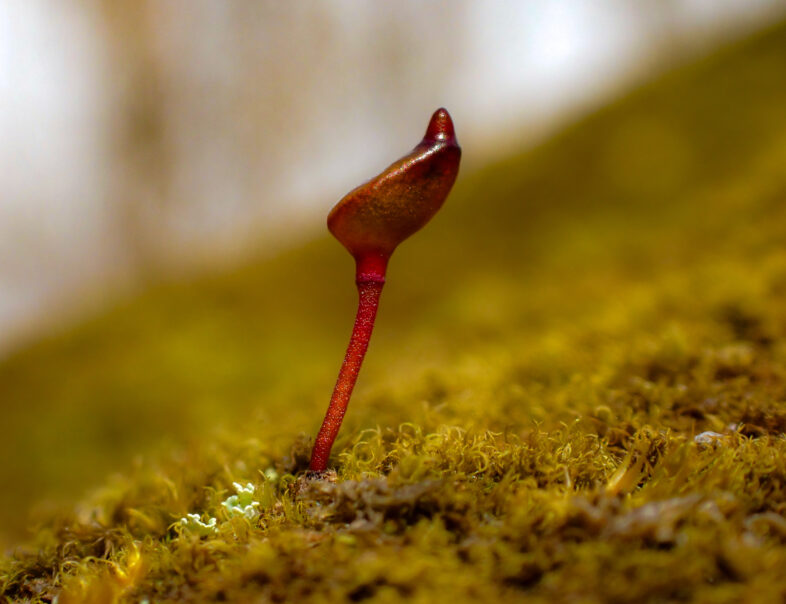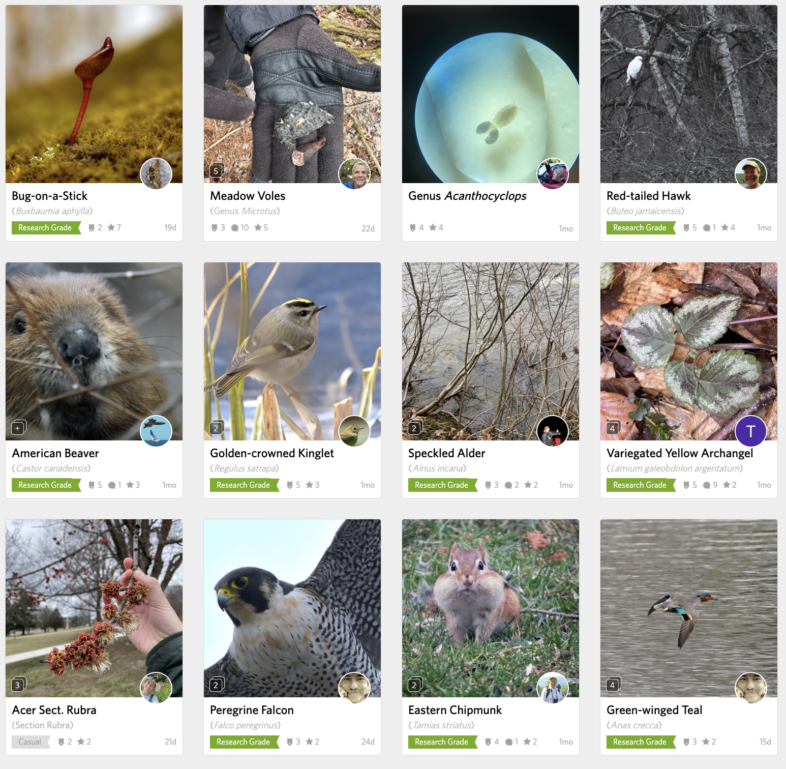Spring is finally here, and already this year, atlas volunteers have found 10 species of butterflies, signaling the start of our second atlas field season. I hope you have seen some and shared them too.
Thank you to returning volunteers for adopting a survey block last year and big welcome to any new or interested volunteers. If you’d like to adopt a survey block(s), just visit our Block Mapper tool and sign up, but if you are continuing to survey the block(s) you adopted last year, there is no need to sign up again. They are still yours to continue to explore and survey!
Thank you for helping us make the first year of this atlas an incredible success! We had 104 survey blocks adopted by 75 participants (72/184 priority blocks and 32 non-priority blocks). We had 88 observers report 88 butterfly species in 1,840 complete checklists comprising 6,400 butterfly occurrence records to e-Butterfly.org, our official atlas data portal. Additionally, nearly 950 observers reported more than 5,500 butterfly photo-vouchers to the Vermont Atlas of Life on iNaturalist. What an incredible start to the atlas despite a very rainy summer.
Generally, our goal is to record >40 species on each priority block before the end of the 5-year survey. With 184 priority blocks scattered across Vermont, we have a lot of work to do! We have made some big improvements to our Block Mapper tool this year. For example, you can now compare what you have found so far on your block to the first atlas, historical data, and more.
We have also improved our flight chart tool to help you see what might be flying each week. Give it a moment to load as it grabs over 100,000 butterfly records and builds the chart on the fly. It then orders them for the week by prevalence. We have improved our searchable species checklist and account pages too. As an example, check out one of my favorite species that is just starting to fly, West Virginia White, and learn all about its natural history and where it has been found in the state so far. And finally, the tool we have all been waiting for…a mobile app for e-Butterfly. We have worked hard all winter to prepare this app and it is in the final stages before release now. Soon, you will be able to record your butterfly checklists on your smartphone and upload them directly to e-Butterfly. It also has computer vision to help you put a first identification on images you take.
If you have not, please join our Atlas discussion forum, a place for everyone to share ideas, ask us questions, learn from each other, and more. There are already some great questions and conversations taking place there about survey types, zero counts, and more.
If you need some help getting started or a refresher about using e-Butterfly, we have quick start guides, videos, and more. Every time butterfly watchers raise binoculars and cameras to record a butterfly sighting, they collect important data. Recording the number, date, and location of each and every butterfly, no matter how common or rare, may seem trivial, even repetitive— but this detailed information can be invaluable to science and conservation. Butterflies act as early warning signals for habitat degradation, climate change, and other ecological forces. Join Dr. Rodrigo Solis Sosa, our Human Network and Data Coordinator at e-Butterfly, as he explains how to use e-Butterfly in this recorded webinar. Or check out our Help pages that will quickly get you started on using e-Butterfly. There’s a Quick Start Guide that takes you through each step when entering a butterfly checklist. Learn about our crowd-sourced data vetting system and our identification tool and how you can quickly get started in helping to verify eButterfly data too.
Finally, if you need any help with the atlas, I am always happy to answer questions and even jump on a zoom call for a mini-tutorial or answer questions. Please feel free to drop me an email anytime or share your question, ideas, knowledge and stories on the forum where we can all join together to learn and discuss. Thank you so much for being part of the Second Vermont Butterfly Atlas!


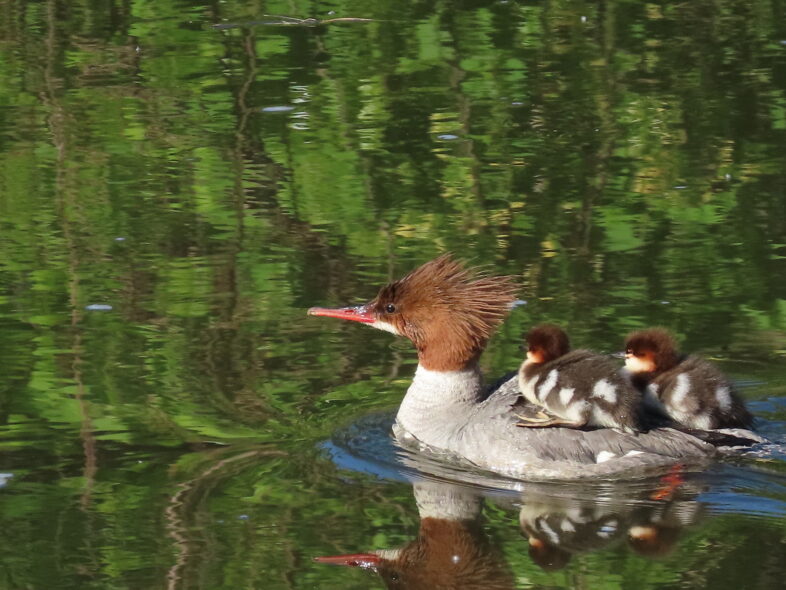
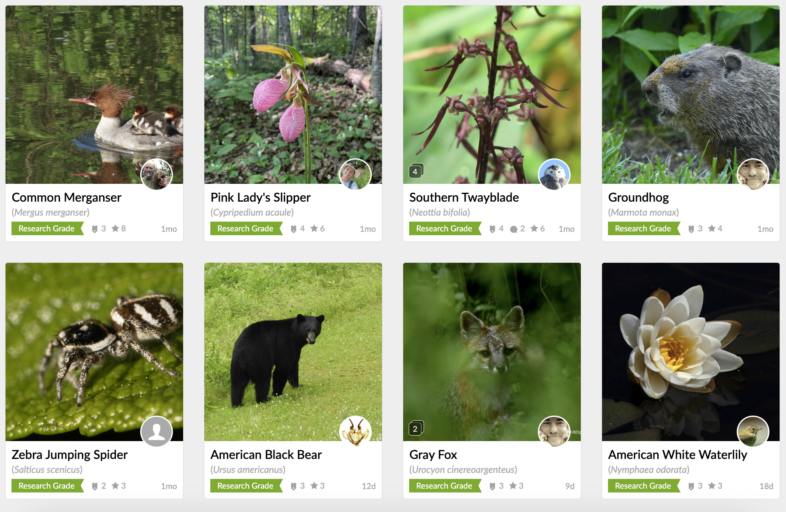
 A barred owl chick peers out of a log cavity.
A barred owl chick peers out of a log cavity. 